The pub takes its name from Bridgwater’s famous carnival. First held in 1882, the carnival takes place on the first Saturday in November and has its origins in the gunpowder plot of 1605. The carnival claims to be the largest and most spectacular night-time event of its kind held anywhere in the world.
Text about The Carnival Inn.
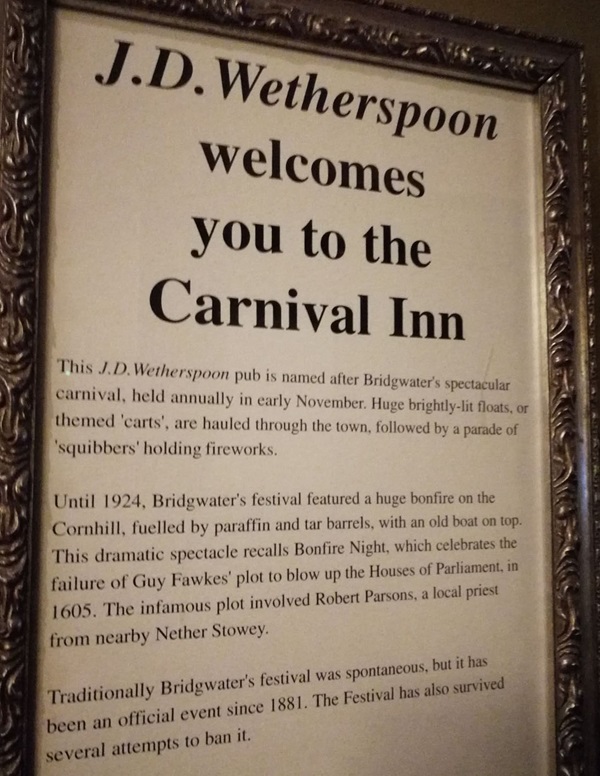
The text reads: This J D Wetherspoon pub is named after Bridgwater’s spectacular carnival, held annually in early November. Huge brightly lit floats, or themed carts, are hauled through the town, followed by a parade of ‘squibbers’ holding fireworks.
Until 1924, Bridgwater’s festival featured a huge bonfire on the Cornhill, fuelled by paraffin and tar barrels, with an old boat on top. This dramatic spectacle recalls Bonfire Night, which celebrates the failure of Guy Fawkes’ plot to blow up the Houses of Parliament, in 1605. The infamous plot involved Robert Parsons, a local priest from nearby Nether Stowey.
Traditionally Bridgwater’s festival was spontaneous, but it has been an official event since 1881. The festival has also survived several attempts to ban it.
Prints and text about the history of the building.
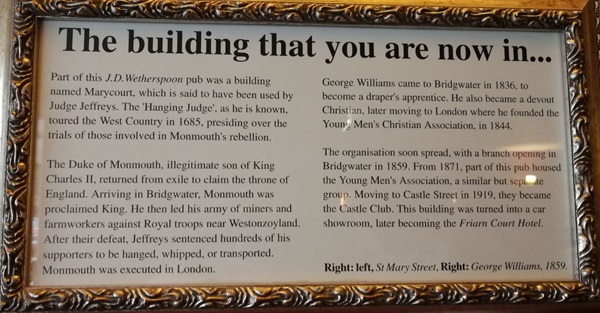
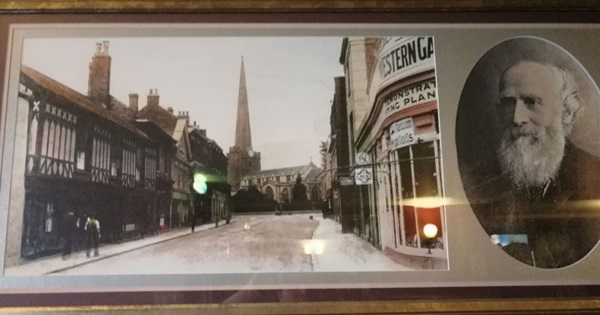
The text reads: Part of this J D Wetherspoon pub was a building named Marycourt, which is said to have been used by Judge Jeffreys. The ‘Hanging Judge’, as he is known, toured the West Country in 1685, presiding over the trials of those involved in Monmouth’s rebellion.
The Duke of Monmouth, illegitimate son of King Charles II, returned from exile to claim the throne of England. Arriving in Bridgwater, Monmouth was proclaimed King. He then led his army of miners and farmworkers against royal troops near Westonzoyland. After their defeat, Jeffreys sentenced hundreds of his supporters to be hanged, whipped or transported. Monmouth was executed in London.
George Williams came to Bridgwater in 1836, to become a draper’s apprentice. He also became a devout Christian, later moving to London where he founded the Young Men’s Christian Association, in 1844.
The organisation soon spread, with a branch opening in Bridgwater in 1859. From 1871, part of this pub housed the Young Men’s Association, a similar but separate group. Moving to Castle Street in 1919, they became the Castle Club. This building was turned into a car showroom, later becoming the Friarn Court Hotel.
Left: St Mary Street
Right: George Williams, 1859.
Text about the history of Bridgwater.
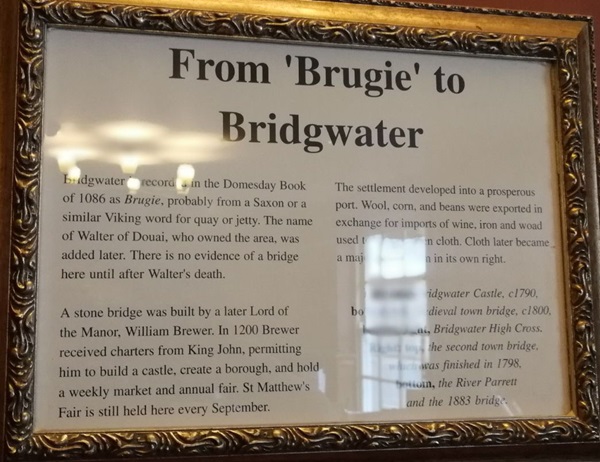
The text reads: Bridgwater is recorded in the Domesday Book of 1086 as Brugie, probably from a Saxon or a similar Viking word for quay or jetty. The name of Walter of Douai, who owned the area, was added later. There is no evidence of a bridge here until after Walter’s death.
A stone bridge was built by a later Lord of the Manor, William Brewer. In 1200 Brewer received charters from King John, permitting him to build a castle, create a borough, and hold a weekly market and annual fair. St Matthew’s Fair is still held here every September.
The settlement developed into a prosperous port. Wool, corn and beans were exported in exchange for imports of wine, iron and woad used to create linen cloth.
An illustration of Bridgwater Carnival.
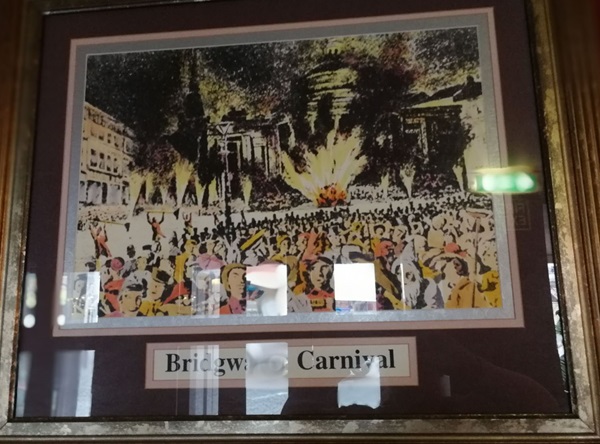
A photograph of Lime Kiln Carnival Club’s victory in 2008.
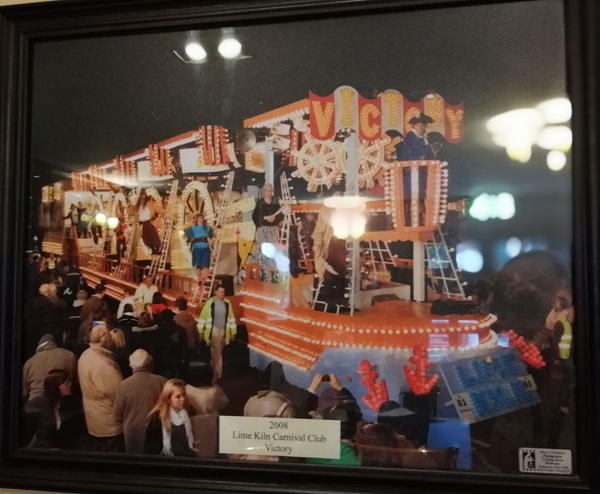
External photograph of the building – main entrance.
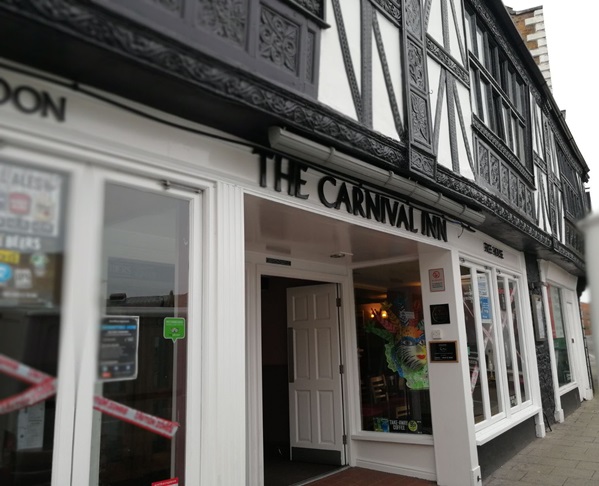
If you have information on the history of this pub, then we’d like you to share it with us. Please e-mail all information to: pubhistories@jdwetherspoon.co.uk